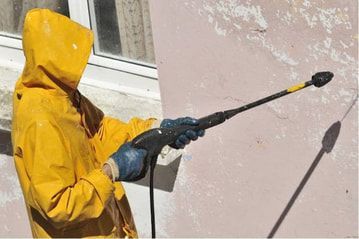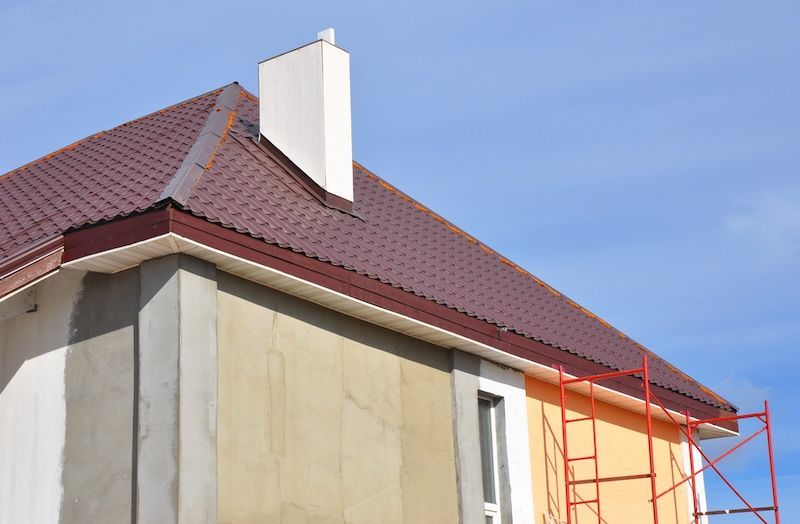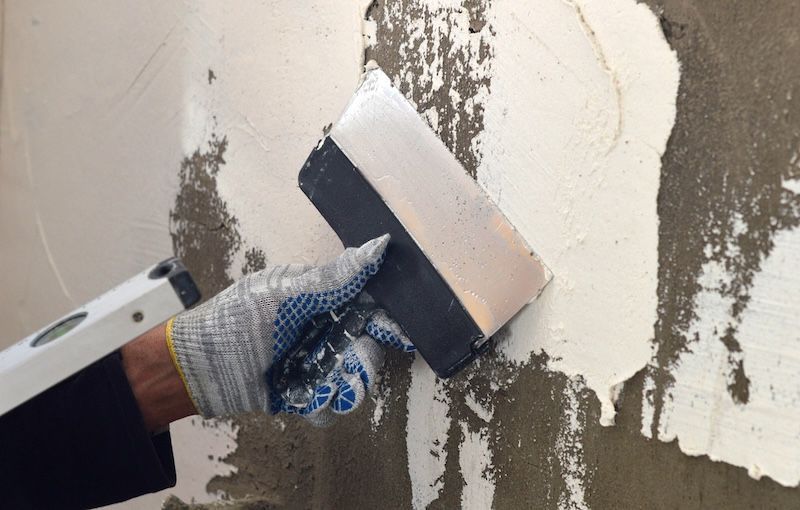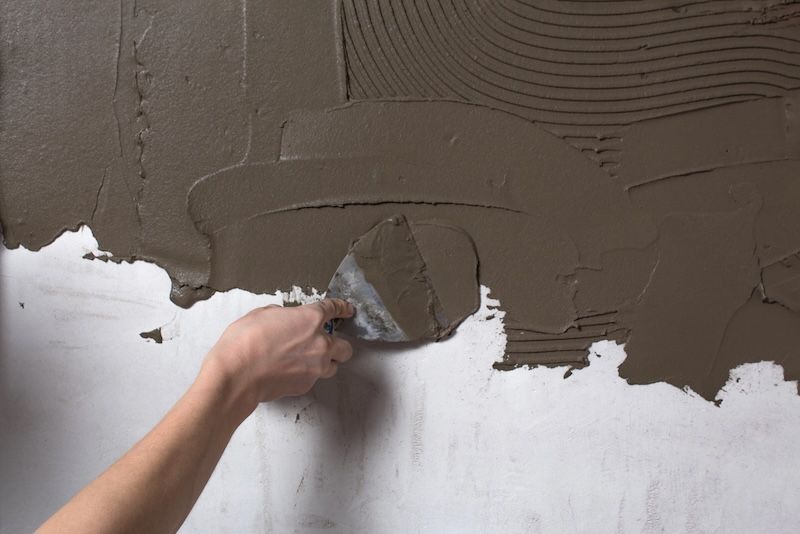6 Best Stucco Mold Handling and Prevention Practices
Stucco maintenance is a requirement for a variety of reasons. Inspecting stucco by an expert stucco repair company is one aspect, and it is necessary to discover any issues and make necessary repairs. One of the most frequent concerns that plague stucco is mold. Yes! and while it's not uncommon for mold to grow on surfaces like stucco, it can be unsightly and cause structural damage if left unchecked.
That's why it's crucial to take measures to prevent mold growth on stucco and know how to remove it if it does occur properly. Keep reading to learn the five best practices for stucco mold prevention and removal.
1)Inspection of Exterior Stucco
Our exterior walls are prone to all sorts of damage, aren't it? The first defense against mold is regular inspection of the stucco siding for any signs of water damage. Look for cracks, chipping, or blistering, as these can all indicate that moisture is seeping in and creating the perfect state for mold to grow. If you do notice any damage, it's vital to undertake a stucco repair as soon as possible by a professional stucco contractor to prevent further damage and the possibility of mold growth.
2)Improve Your Drainage System
To combat mold, you should also improve the drainage around your property. If water is left to sit and collect next to your home's foundation, it can find its way into cracks and crevices. It will inevitably cause damage to the stucco exterior of your home. Improving drainage will most likely reduce backyard flooding, which creates a drier environment--reducing the spread of mold spores.
3) Clean Gutters and Downspouts
Gutters and downspouts are essential for water damage prevention for any home. . If they become clogged, water can back up and pool around the foundation, seeping into cracks and causing damage. To help prevent this, be sure to clean your gutters and downspouts regularly, especially after heavy rain.
4) Use a Pressure Washer
A pressure washer can help maintain your stucco clean, preventing mold from growing. Pressure washes the surface to remove any dirt, debris, or pollen. You can use a mild detergent and hold the nozzle at least 12 inches away from the surface of what you're cleaning to avoid damaging it with too much power. To protect your eyesight while doing this job, be sure to wear protective gear over them.

5) Apply a Water Repellent
One of the best ways to protect stucco from water damage and mold growth is to apply a water repellent. It will create a barrier between the stucco and water, helping to prevent moisture from seeping in and causing damage. Water repellents are available in both clear and tinted formulas, so you can choose the one that best suits your needs. Be sure to apply the repellent according to the manufacturer's instructions for the best results.
6) Implement Regular Cleaning to Your Exterior Walls
An easy way to decrease the amount of mold is by frequently cleaning your outer walls. To remove mold from a stucco surface area, mix five water parts with 1 part of bleach and douse it directly on the infected part of your stucco wall. Scrub the area with a sponge afterward, and rinse any leftover bleach residue with a hosepipe. Also, always wear gloves when dealing with bleach levels - this will safeguard your skin from coming into contact with harsh chemicals that can cause nasty burns.
When to Call a Professional Stucco Contractor
It will help if you take precautionary actions to reduce the risk of mold growth on stucco. Mold can be challenging to remove and, if not done correctly, cause further damage to the stucco. If you're unsure how to properly remove mold or don't have the time to do it yourself, it's more appropriate to call in a professional for stucco siding repair. Furthermore, if you notice any extensive damage to the stucco, such as large cracks or holes, it's best to leave it repaired to Orlando Stucco Repair Pros. They have the correct tools and good experience to make the repairs quickly and efficiently, helping the prevention of further damage and mold growth.
RECENT BLOGS
All Rights Reserved | Orlando Stucco Repair Pros


